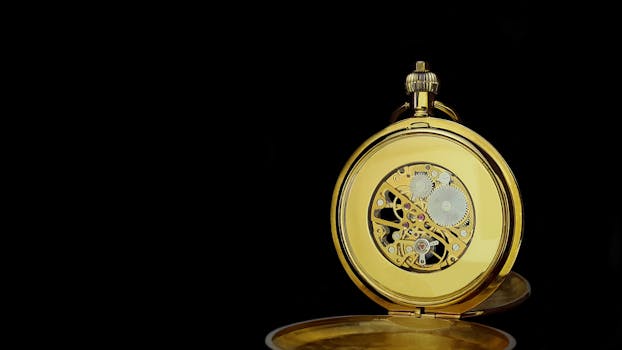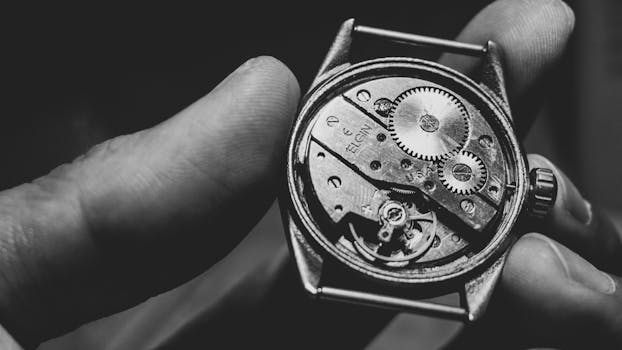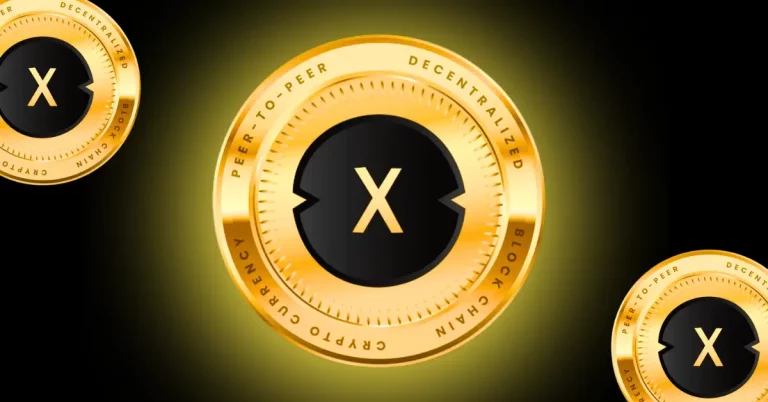
The Impact of Quartz Technology on Traditional Watchmaking
Takeaways: Quartz technology has dramatically transformed traditional watchmaking by introducing precision, affordability, and mass production. While it challenged the status quo of mechanical watches, it also spurred innovation and diversified the market, leading to a rich coexistence of quartz and mechanical timepieces today.
In the world of horology, few developments have been as influential as the advent of quartz technology. Emerging in the 1970s, quartz watches have not only changed how we perceive timekeeping but have also had a profound impact on traditional watchmaking practices. This article delves into the ramifications of quartz technology on the traditional watch industry, exploring its rise, the challenges it posed to mechanical watches, and the eventual harmony that emerged between the two.
The Rise of Quartz Technology

This technological shift brought about significant changes in the watchmaking landscape. For one, quartz watches offered unparalleled accuracy, often gaining or losing only a few seconds per month, compared to the more variable performance of mechanical watches. This precision appealed to consumers who prioritized reliability in their timepieces.
Moreover, quartz technology enabled mass production, drastically reducing manufacturing costs. As a result, quartz watches became accessible to a broader audience, leading to a boom in the watch market. The affordability of quartz timepieces allowed many people to own multiple watches, fostering a culture of variety and personal expression in horology.
Challenges to Traditional Watchmaking
The rise of quartz watches posed significant challenges to traditional watchmakers, many of whom had built their reputations on the craftsmanship of mechanical timepieces. The so-called “Quartz Crisis” of the 1970s and 1980s saw many esteemed mechanical watch brands struggle to compete with the influx of cheaper, more accurate quartz models. Iconic brands faced declining sales, forcing some to adapt or perish.
In response to the quartz revolution, traditional watchmakers had to rethink their strategies. Many turned to innovation, seeking ways to incorporate quartz technology into their designs while preserving the artistry of mechanical timepieces. This led to the development of hybrid watches, which combined quartz movements with traditional aesthetics.
Additionally, the quartz crisis prompted a renaissance in the appreciation of mechanical watches. As quartz watches became ubiquitous, consumers began to value the artistry, heritage, and craftsmanship associated with traditional watchmaking. This shift fueled a resurgence in the market for luxury mechanical watches, as collectors sought out timepieces that represented not just a method of telling time but a piece of art and history.
The Harmonious Coexistence of Quartz and Mechanical Watches
Many brands now offer both quartz and mechanical options, catering to diverse consumer preferences. Quartz technology has also inspired traditional watchmakers to innovate, leading to advancements in materials and design. The integration of technology has resulted in watches that appeal to a tech-savvy audience while still honoring the legacy of traditional watchmaking.
Furthermore, the rise of smartwatches, which often incorporate quartz movements, has introduced a new dimension to the conversation about timekeeping. Traditional watchmakers are now exploring how to blend classic design elements with modern technology, ensuring that the art of watchmaking continues to evolve while retaining its rich heritage.
Conclusion








